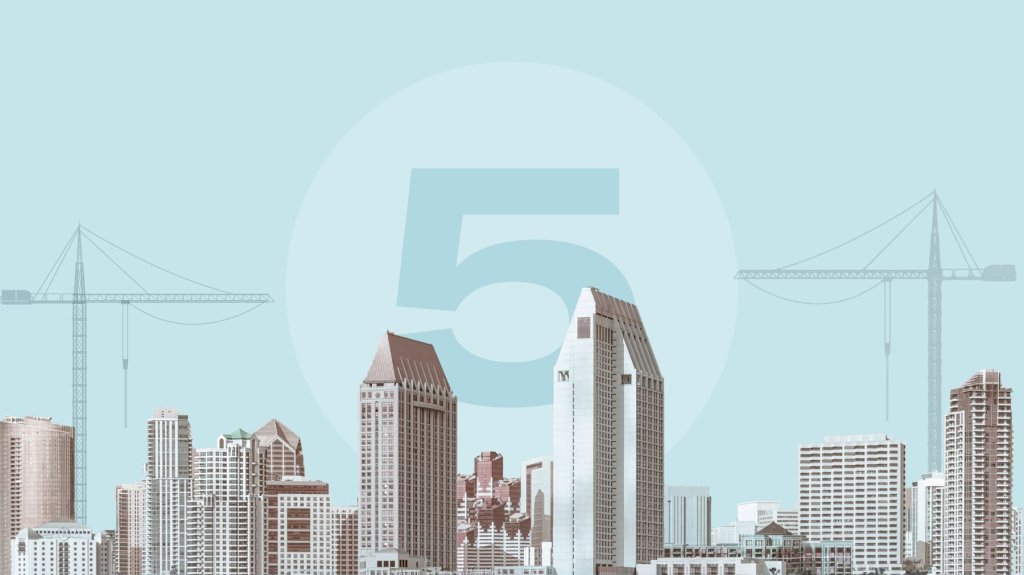The history of America is filled with unique construction, from the cliffside pueblos of the indigenous people to the interstate system that connects the nation today. We’ve highlighted a few of the most important milestones of American construction history, as well as why and how they were built. Grab your hard hat, and let’s embark on this tour together!
1. Transcontinental Railroad - Cross-Country
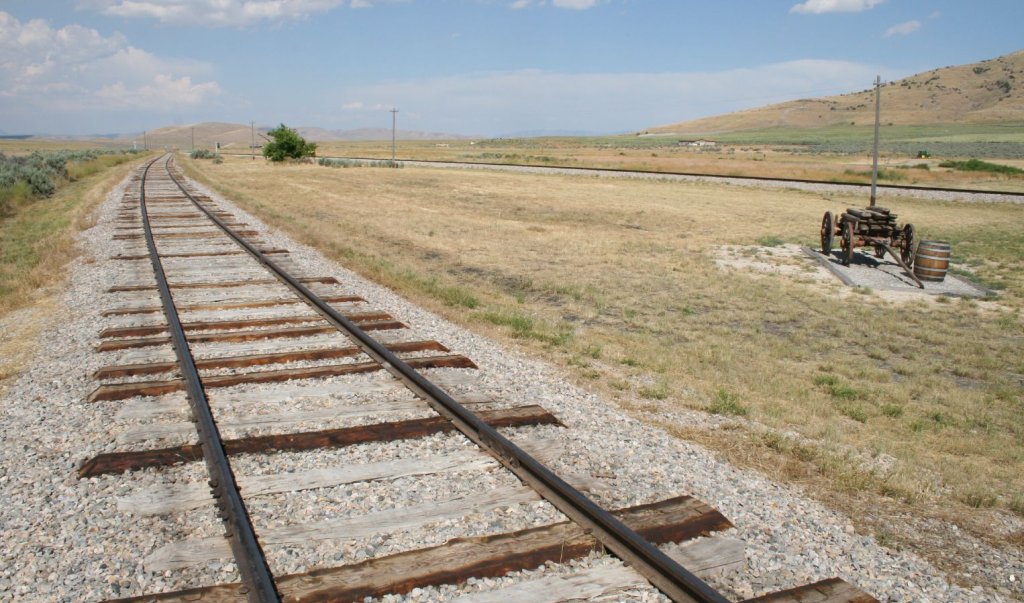
During the industrial revolution, The United States needed cross-country transportation infrastructure to support the nation’s rapid economic growth. That’s when the Transcontinental Railroad system project began. The massive undertaking began in the early 1860s, but the Civil War complicated efforts and construction stalled. Following the end of the war, construction picked up rapidly and the entire project was completed in 1869, a year early and under budget. Every construction project manager’s dream.
The project was a joint effort between two companies: the Central Pacific Railroad Company, and the Union Pacific Railroad Company. The Central Pacific Railroad began in California and built east, while Union Pacific was built from east to west. When the two railroads met in Utah, they celebrated with a golden railroad spike.
The path west was incredibly dangerous prior to the construction of the railroad. If a traveler chose to forgo the dangerous land expedition, they would need to take a long boat ride around South America’s Cape Horn (since the Panama Canal had also not been constructed yet). By connecting the coasts, the railroad made cross-country travel easier, safer, and more affordable than ever, greatly contributing to massive population growth in the western United States.
2. Empire State Building - New York
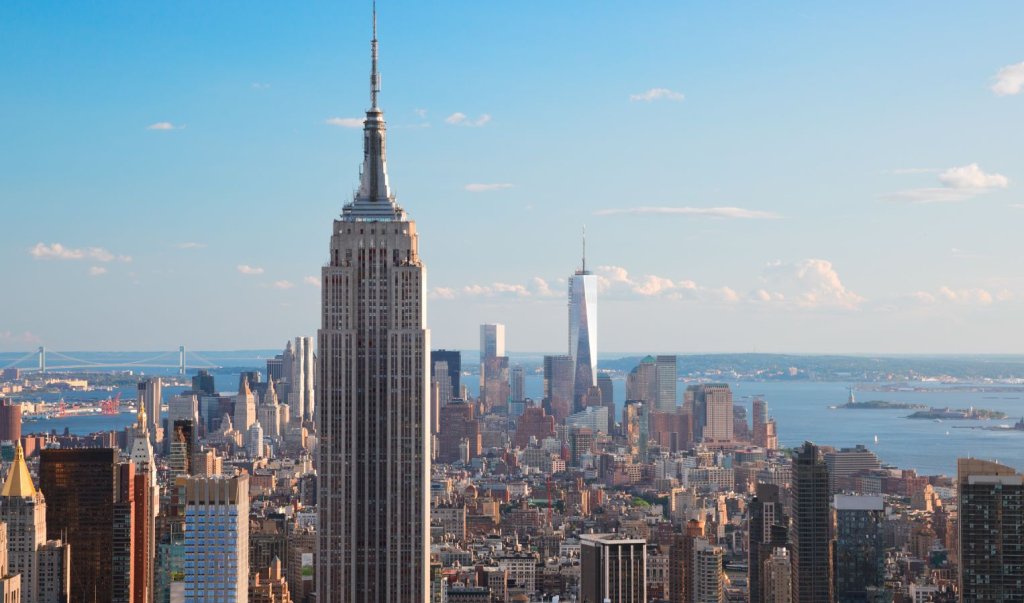
One of our nation’s most famous skyscrapers, the Empire State Building, has an intriguing history. For nearly 40 years, it was the tallest building in the world at 1,250 feet. It’s been featured in hundreds of movies and remains a major tourist attraction for those visiting the Big Apple to this day, as well as a recognizable element of the Manhattan skyline.When it was completed during the Great Depression, it struggled to find tenants. But following the economic boom after World War II, it quickly filled up.
Similarly to the Transcontinental Railroad, the Empire State Building was also completed ahead of schedule and under budget. The crews that worked on the project managed to complete the entire thing in just 15 short months.
3. Hoover Dam - Nevada
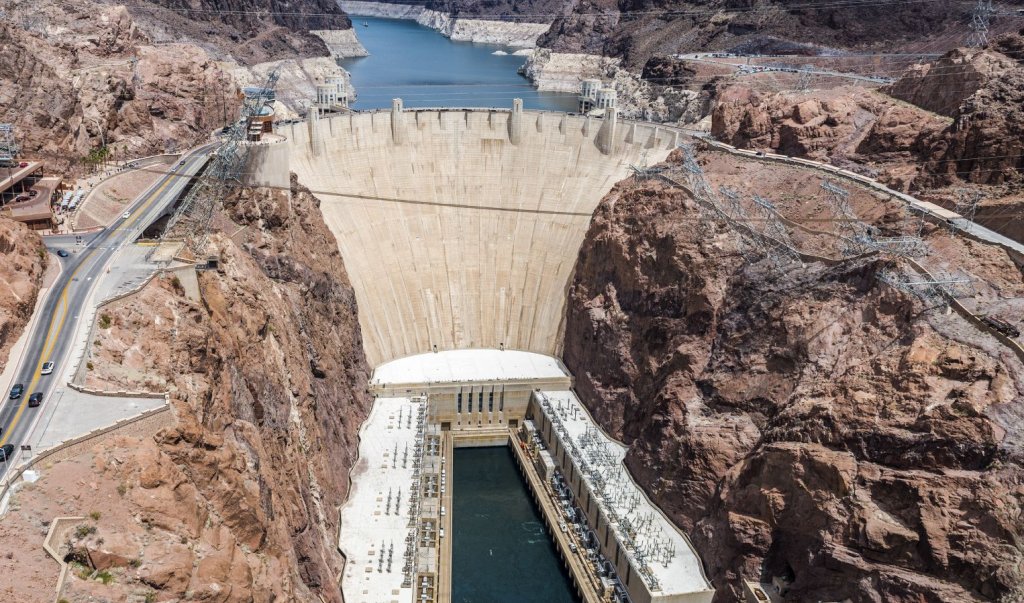
No list of impressive construction projects would be complete without the Hoover Dam. This massive concrete structure was finished in 1935, and similarly to the Empire State Building, was the tallest of its kind at the time. It was created to dam the Colorado River and create a source of hydroelectric power for people in the rapidly-developing southwestern United States.
Its innovative purpose and construction made it an engineering masterpiece. But it took awhile for the whole project to get started. No single contractor was big enough to be able to take on the project, so there were actually six companies (aptly called Six Companies, Inc.) that joined forces to construct the dam. It also created around 21,000 jobs during the Great Depression, bringing folks from all around the country out west, which in turn helped populate entire new towns, including Boulder City, Nevada, which continues to thrive today.
4. Golden Gate Bridge - California
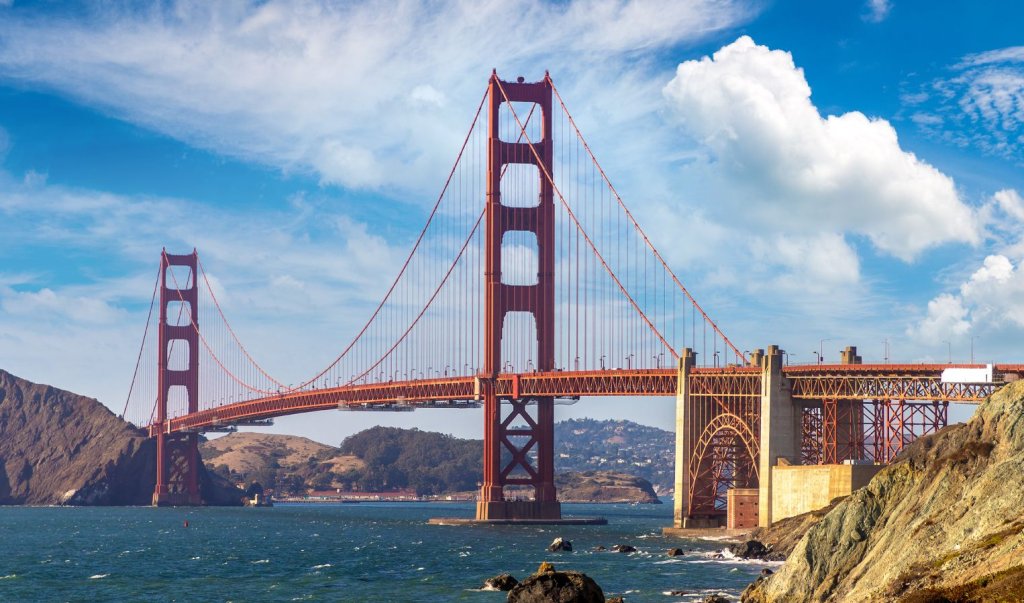
The Golden Gate Bridge is not only a true icon of the west coast, but also a globally recognized and awe-inspiring architectural accomplishment. Completed in 1937, it was the world's longest suspension bridge for 44 years.
Similarly to both the Empire State Building and the Hoover Dam, construction for the Golden Gate Bridge occurred during the Great Depression, helping create jobs for thousands of people facing unemployment in San Francisco. The bridge has withstood multiple earthquakes, and extreme weather has only ever caused traffic closure three times throughout its history.
The project was also the first time hard hats were required on an American jobsite, making it a milestone in the history of construction safety standards.
5. Gateway Arch - Missouri
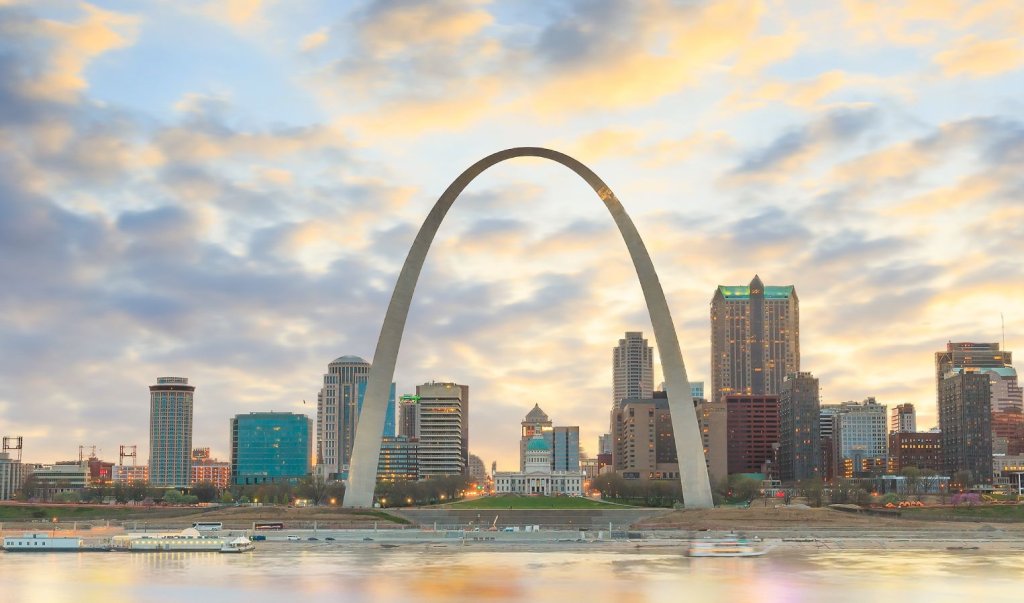
The most recently constructed structure on this list, the Gateway Arch in St. Louis has only been around since 1962. The design for the project goes back further, though, all the way to 1947. It was a part of a contest deciding what the project would ultimately look like.
Midwestern marvel represents the area's significance in westward expansion in the United States, taking the form of a “gateway” to the west. It’s also the tallest man-made monument in the Western Hemisphere and stands as wide as it does tall, at an impressive 632 feet.
Visitors can travel to the top of the 63 story-high arch via a tram that runs through the inside, and tours provide both stunning views of the nearby landscape, and history about the St. Louis area.
A history of innovation
Each one of these projects were unique and marked significant milestones not only in American history, but construction history as well. They required bold new methods and practices in areas like safety, project management, and planning. The sheer amount of materials and labor used in these projects also required expert coordination in an era when communication predominantly relied on pen-and-paper methods.
Luckily, things are easier now. Digital tools like the ones we offer here at Raken make all of that easier, and enables teams to focus more on the actual work rather than the nitty gritty details. Let’s set up a time to talk about how you can also optimize your work to achieve greatness in your projects.
